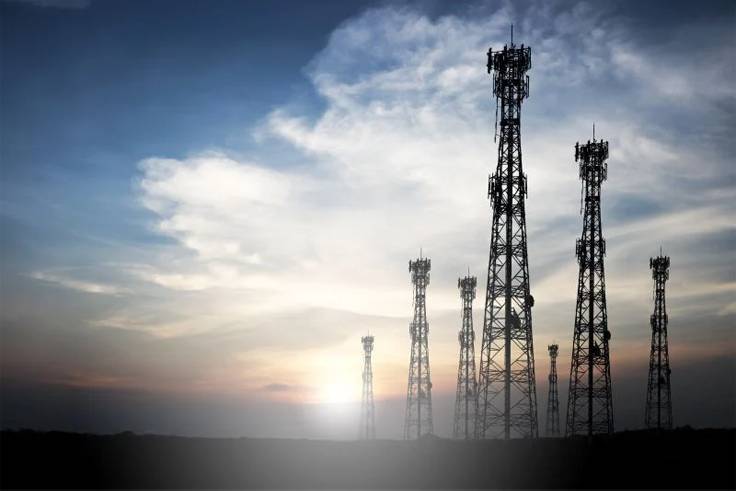Base Stations and Energy Levels

Cellular Base Stations and Energy Levels
Mobile communications work by using low power radio waves to carry speech and data. When data is transferred, the signal passes across a network of linked cell sites (hence the word “cell phone”). Base stations are often referred to as towers or cell sites, but they are literally the equipment that houses the radio transmitters and receivers that carry the signal to wireless carriers. Base stations transmit signals from one cell site to the next. Antennas are typically placed high above the ground (on towers or other tall structures) to transmit and receive signals between cell sites.
The construction of a base station/cell site consists of:
- Structure for mounting antennas
- Antennas for exchanging signals; and
- Electronic equipment for processing signals
Contact Us
Any device that relies upon radio-waves to transmit and/or receive data, emits radiofrequency (RF) energy. This includes base stations, cell sites, and mobile devices. Since the base station and the devices connected to utilize low power radio waves, they aren’t considered to be dangerous, so long as the antenna portion of the station is kept at a safe distance from anyone nearby.
The tower itself doesn’t emit any RF energy; in fact, the area directly surrounding a cellular base station is exposed to less RF energy than areas further out, as the antenna radiates in a fan or wedge shape outward from the source.
Like other radio towers, such as those used in broadcast radio and television, the use and construction of a cellular base station is regulated by the FCC, and the RF energy levels it can produce fall well below levels considered to pose a threat to health. The antennas themselves must be kept inaccessible to the public, and at a safe range. These regulations ensure that properly installed base stations pose no threat to the areas they service.











